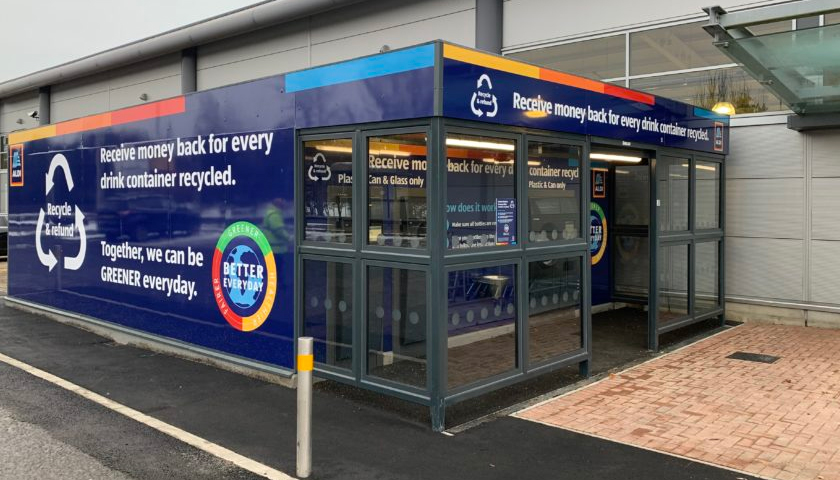Ramping up delivery of renewable heating systems, driving a widespread improvement in the energy performance of buildings and investment of at least £1.8 billion are at the heart of a new plan for tackling one of Scotland’s biggest contributors to greenhouse gas emissions.
The Heat in Buildings Strategy sets out the pathway for cutting greenhouse gas emissions from our homes and buildings – which currently account for about a fifth of Scotland’s emissions – by more than two thirds by 2030.
It will require over a million homes and the equivalent of 50,000 non-domestic buildings to convert to zero emissions heat by 2030.
Ahead of the Strategy’s launch, Zero Carbon Buildings Minister Patrick Harvie visited the NG Homes project in Springburn, Glasgow, where Scottish Government funding of £9 million has supported the installation of a communal zero emissions heating system. The project, which spans across six high rise social housing tower blocks, is expected save more than 650 households up to 60% in energy bills.
Mr Harvie said:
“The ambition set out in our Heat in Buildings Strategy is significant, and rightly so on the eve of COP26 coming to Glasgow. Urgent action is needed if we are to stand a chance of limiting warming to under 1.5 degrees.
“As we take these bold steps to reduce emissions from our homes and buildings, we must do so in a way that leaves no-one behind. This Strategy sets out the guiding principles that will ensure our actions to decarbonise heat do not have a detrimental impact on rates of fuel poverty and instead serve to tackle social inequalities.
“This is a huge transition, affecting communities, businesses and households all across Scotland and we must work collaboratively – across public and private sectors, across parliament, and across governments, to deliver it.
“Our Strategy also makes it clear that, to deliver the transformational change required, the UK Government must take urgent action in reserved areas to support the just transition to decarbonised heating. Our Strategy commits to phasing out the need to install new or replacement fossil fuel boilers, and to consult on introducing new legislation and regulations to underpin this transition and ambitious investment programme, but equivalent action from the UK Government in reserved areas, such as on energy pricing, will be essential to deliver these commitments.
“It is essential that homes and buildings achieve a good standard of energy efficiency and by 2033 we want to see all homes meeting at least an EPC band C standard where feasible and cost effective. This will help ensure energy costs in future are affordable and that our actions continue to remove poor energy efficiency as a driver of fuel poverty.”
Background
The Heat in Buildings Strategy can be viewed on the Scottish Government website.
A new Green Heat Finance Task Force will be established to identify innovative solutions to maximise private sector investment, and to find new ways to help individuals and organisations spread the upfront cost of investing in making their properties warmer, greener and more energy efficient.
It has been estimated that the transition to zero emissions heat could support around 16,400 jobs across the economy in 2030.
To maintain progress towards our statutory emission reduction targets, this must scale up to provide a total of at least 124,000 systems installed between 2021 and 2026. The installation rate will need to peak at over 200,000 new systems per annum in the late-2020s



